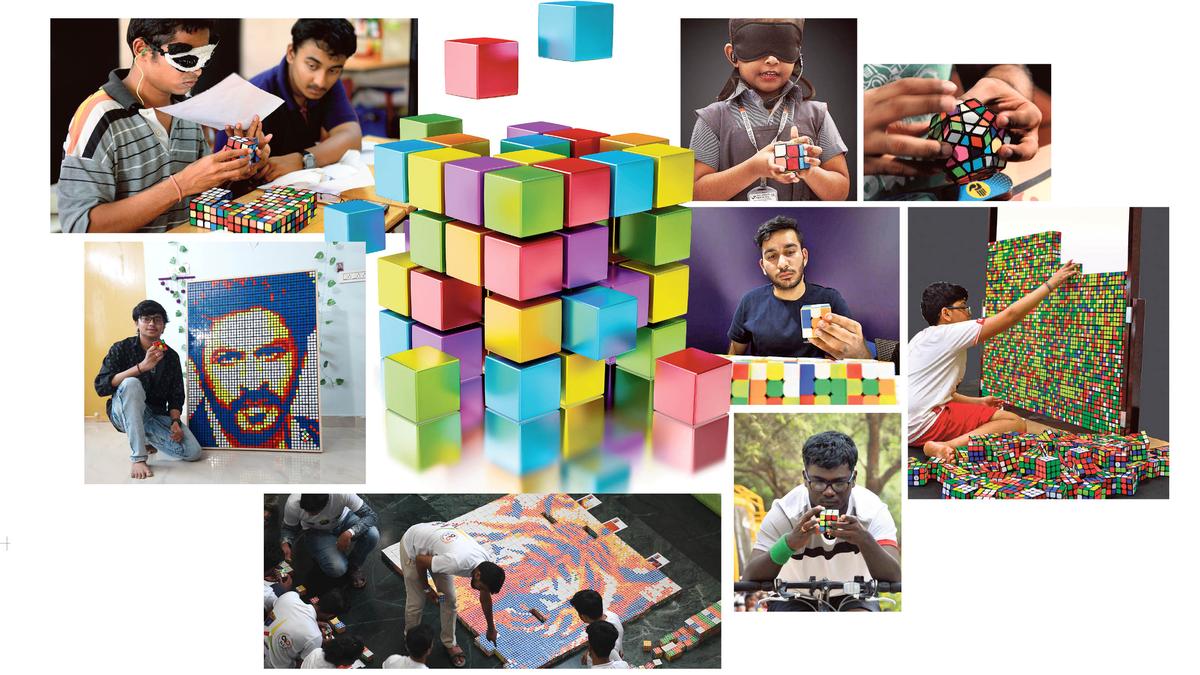On a September afternoon in 1980, I boarded the Coromandel Express at Howrah station. The train arrived at Chennai Central (then ‘Madras Central’) early evening the next day. I caught another train from Egmore that night, and disembarked at my destination, Cuddalore, the next morning.
I remember very little about the details of that 45-hour trip because I was caught in the grip of an infatuation that continues, intermittently, to this day. Before I boarded the Coromandel, a family friend who had returned from the U.S.

, gifted me a Rubik’s Cube, the classic 3x3 version. The Cube wasn’t yet commonly available in India and I had never seen one before. I would learn later that it had already been around for six years.
The inventor, Ernő Rubik, an architecture professor from Hungary (then a Communist country part of the Soviet Bloc), was already world-famous. I spent that entire journey sleeplessly playing with it. Slowly, I worked out a solution: first solve a layer, then solve the corner cubes opposite that layer, then solve the edge cubes.
I could easily reduce to just two edge cubes out of place. But fixing that last pair was very, very hard. Working it out took most of the 45 hours and my solution was a long way from optimal.
Within months, the Cube became commonplace. Local knockoffs were being sold for ₹10-₹20. Many people had worked out solutions, or mugged them up from “cheat-sheets”.
Chess players were using chess clocks to compete in speed cubing conte.
















